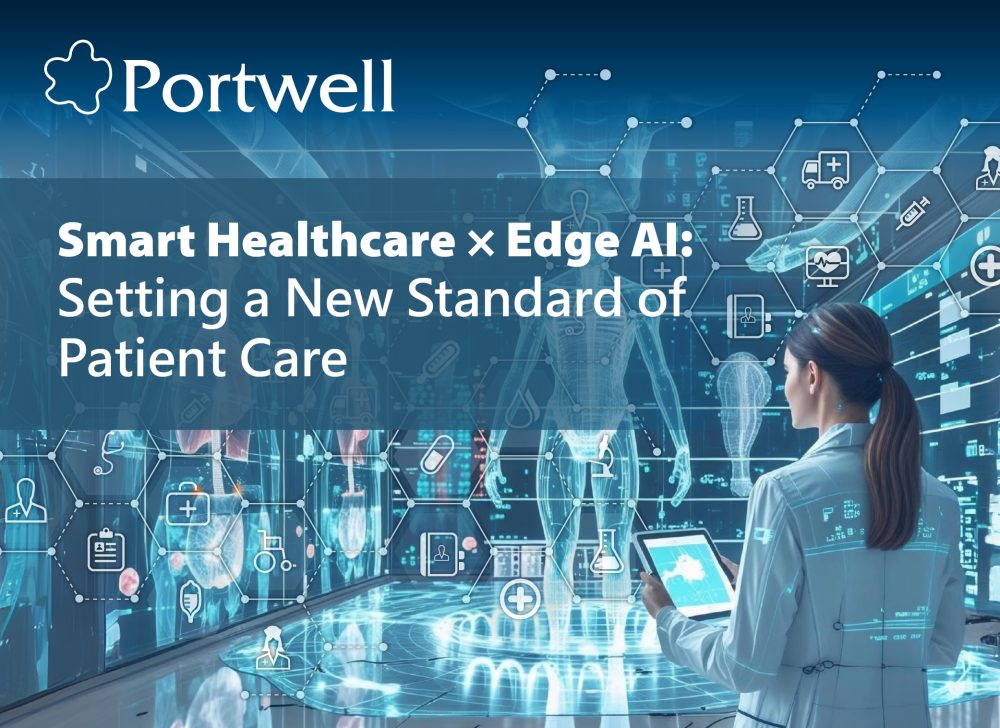
In recent years, the global MedTech narrative has moved from “single devices” to end-to-end, workflow-centric collaboration. This is not a slogan, it is driven by day-to-day clinical operations and risk management. From a patient’s arrival to discharge, every step generates both structured and unstructured data. Historically, these data were scattered across instruments, workstations, and servers. Today, they must be consolidated, parsed, interpreted, and written back to hospital information systems in near real time to support faster decisions and consistent quality.
Healthcare delivery spans multiple critical domains, ORs, imaging suites and the back-end systems for IT and compliance. Each has distinct functions and challenges, yet together they set the bar for MedTech innovation.
Surgeons rely on eyes and haptics; any video latency undermines rhythm and confidence. Surgical lights, endoscopy, ultrasound, anesthesia monitoring, and recording subsystems coexist, with heterogeneous video/data streams and protocols sharing the same space. Traditional setups offload switching, overlay, recording, and aggregation to separate devices, each optimized in isolation, forcing manual “bridging” that injects time gaps. Engineering challenges include multi-channel, high-resolution processing under low latency, shrinking system footprints while meeting medical electrical safety and isolation, and maintaining heat dissipation within strict acoustic limits and laminar airflow regimes. Materials and mechanics must withstand frequent cleaning and disinfection; connector locking, environmental sealing, and field-replaceability are reliability concerns.
X-ray, CT, MRI, and ultrasound generate heavy imagery and raw signals daily. Reconstruction, post-processing, and uploads converge at peak hours. Legacy dependence on centralized PACS and shared workstations can bottleneck under network congestion or busy servers. Vendor-specific data interpretations and HL7/DICOM handling complicate worklists, registration, and report returns. Systems must deliver high-speed I/O, sustained bandwidth, and thermal stability over long duty cycles.
Hospitals operate with layered legacy and new systems. Every added device must align with the existing river of data. Patch management, SKU proliferation, and lifecycle pressure elevate demands for traceability and observability in operations. The core pain point isn’t peak performance; it’s sustaining a trustworthy steady state of the overall system.
Dividing care environments into direct-care and indirect-care domains clarifies trade-offs.
ORs, endoscopy, X-ray/CT/MRI, ultrasound, are latency-sensitive, image-quality-critical, and governed by strict safety and EMC standards. Here, real-time edge compute becomes an extension of clinical judgment, executing denoising, calibration, overlay, annotation, and quality checks within milliseconds to sustain operator trust. Time synchronization across devices ensures images, sensors, and event tags can be traced intra- and post-procedure for QA and medicolegal clarity. With on-edge AI handling pre-processing and inference, back-end systems receive structured outputs and frame-level tags only, reducing bandwidth while easing privacy and compliance pressures through minimal necessary data transfer.
Physician offices, reading rooms, administrative areas, prioritize cross-department collaboration and auditable workflows over real-time control. Edge workstations with intelligent prefetch and caching eliminate long load times. AI-assisted worklist triage can surface suspected high-risk cases or poor-quality studies first, boosting throughput and clinical value. If orders, images, and reports are normalized and logged at the edge through standard interfaces, back-end HIS/RIS/PACS incur fewer parsing or transformation burdens.
The value of edge AI in imaging is realized along an optimized pipeline. From acquisition, now routinely multi-interface and multi-protocol, images undergo color and geometric calibration, noise/artifact suppression, and contrast/sharpness optimization to stabilize downstream inference. Inference spans organ/lesion segmentation, motion compensation, intelligent exposure/quality assessment, and contextual prompts for specific surgical steps. Post-inference, overlays and guidance must remain non-obtrusive, matching clinical viewing habits, and export structured reports as needed.
True engineering success depends less on single breakthroughs and more on system coherence under medical constraints. Thoughtful hardware roadmaps, e.g., compact COM Express® or COM-HPC® modules on carrier boards, or box PCs with standardized PCIe and M.2, preserve upgrade elasticity and headroom for future capture cards and storage, mitigating the impact of future revisions.
With sites across Asia, Europe, and North America, Portwell delivers local engagement, faster communication, and region-specific regulatory readiness. Global engineering and service teams enable rapid product response and on-the-ground support to help customers scale.
Portwell delivers high-performance, durable, and reliable edge-AI solutions that meet stringent healthcare requirements, align with industry standards, and pass relevant certifications, ensuring device safety and stability while enabling intelligent, digital transformation.
Disciplined design and manufacturing ensure top-tier standards from R&D through mass production. Early defect discovery via robust DV reduces escapes and improves yields; AI inspection further enhances outgoing quality. Beyond building products, Portwell’s DMS reduces R&D risk, accelerates time-to-market, and expands solution flexibility through global teams and partner ecosystems, consistently converting engineering rigor into market value.